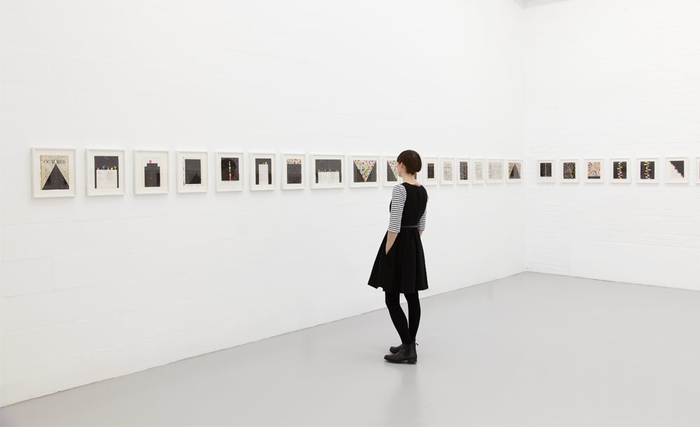
David Batchelor's Flatlands installation at Spike Island (2013)
Photo: Stuart Whipps
A question of quality
What is quality of experience in the contemporary visual arts and how do we measure it? Grace Davies discusses the findings of a research project.
Over the last two years, four visual arts organisations in South West England and their audiences have taken part in a pioneering project examining how we measure and evaluate quality of experience in...
Subscribe for £6 per month
Support independent journalism in the arts, culture and heritage sectors with unlimited access to our latest news, features and expert opinion. £6pm, billed quarterly.
Already subscribed? Log in
Usually have access through your university?

Join the Discussion
You must be logged in to post a comment.